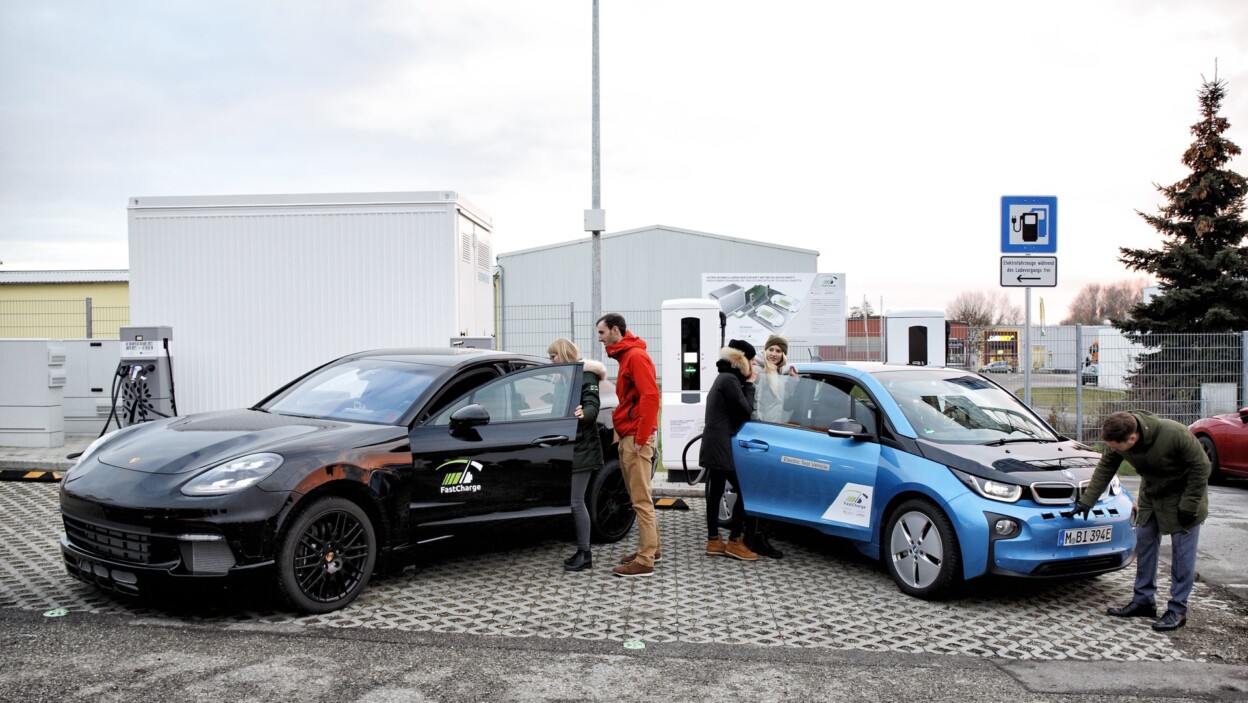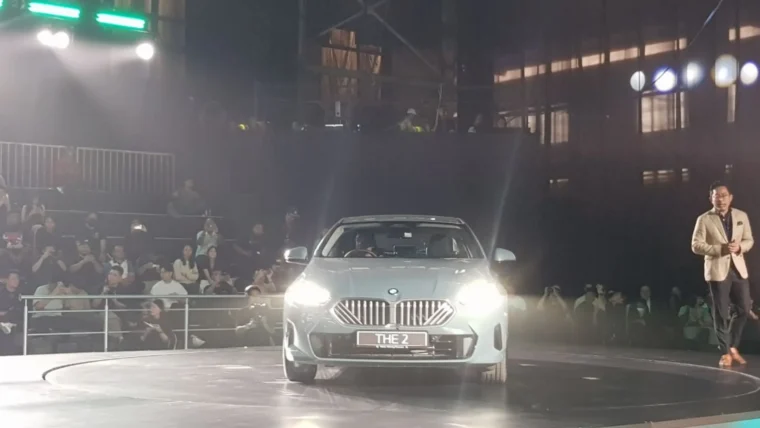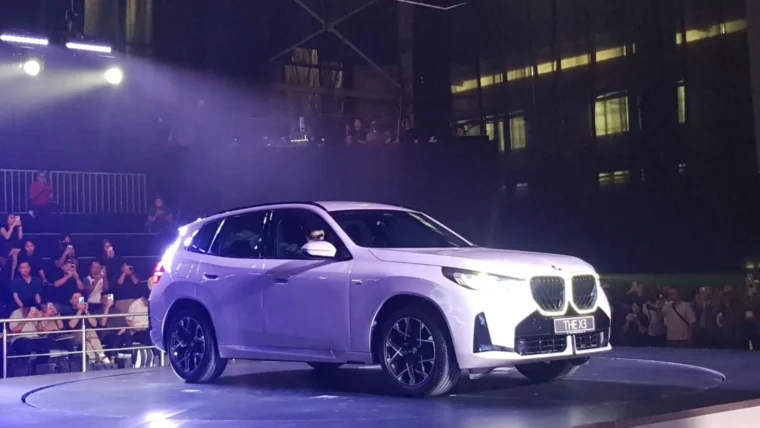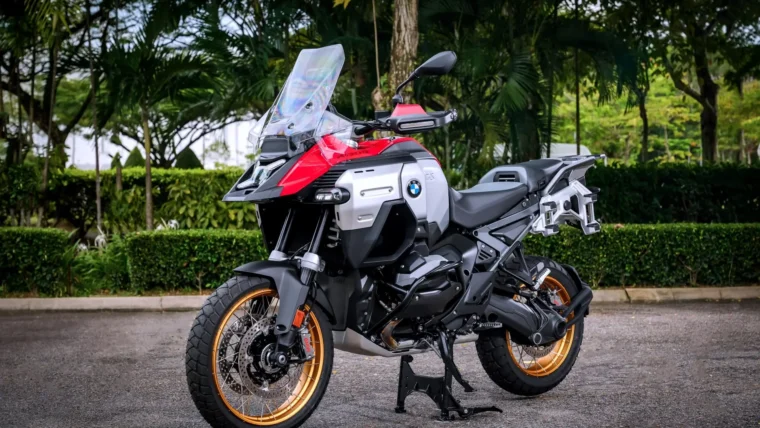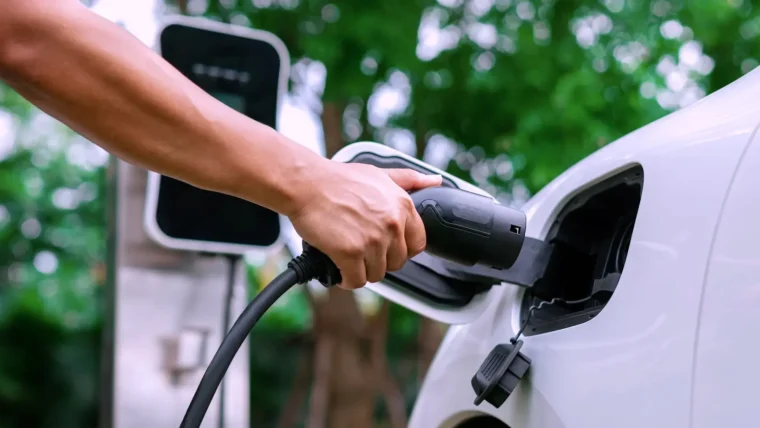The industrial companies involved in the research project “FastCharge” yesterday presented the latest advancements in the field of fast and convenient energy supply for electrically powered vehicles. The prototype of a charging station with a capacity of up to 450 kW was inaugurated in Jettingen-Scheppach, Bavaria. At this ultra-fast charging station, electrically powered research vehicles created as part of the project are able to demonstrate charging times of less than three minutes for the first 100 kilometres of range or 15 minutes for a full charge (10-80 % State of Charge (SOC)).
The new charging station can be used free of charge right away and is suitable for electric models of all brands with the Type 2 version of the internationally widespread Combined Charging System (CCS), as is commonly used in Europe.
The research project “FastCharge” is being run by an industry consortium under the leadership of the BMW Group; its other members are Allego GmbH, Phoenix Contact E-Mobility GmbH, Dr. Ing. h. c. F. Porsche AG and Siemens AG. “FastCharge” is receiving total funding of EUR 7.8 million from the Federal Ministry of Transport and Digital Infrastructure. The implementation of the funding directives is being coordinated by NOW GmbH (National Organisation Hydrogen and Fuel Cell Technology).
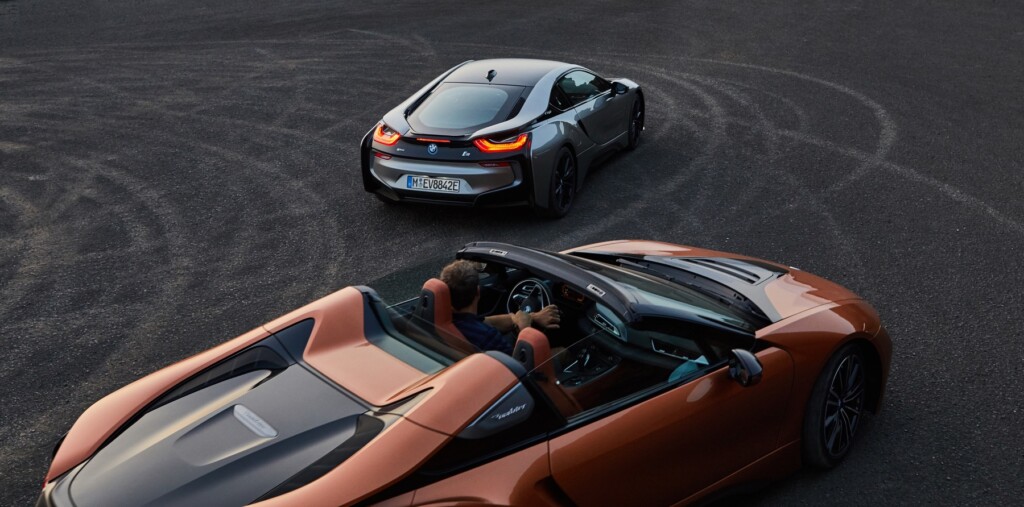
Fast and convenient charging will enhance the appeal of electromobility. The increase in charging capacity up to 450 kW – between three and nine times the capacity available at DC fast-charging stations to date – enables a substantial reduction in charging times.
“FastCharge” is investigating the technical requirements that need to be met in terms of both vehicles and infrastructure in order to be able to tap into these extremely high charging capacities.
The basis is provided by a high-performance charging infrastructure. The Siemens energy supply system being used in the project enables researchers to test the limits of the fast-charging capacity demonstrated by vehicle batteries. It can already handle higher voltages of up to 920 volts – the level anticipated in future electrically powered vehicles. The system integrates both the high-power electronics for the charging connections as well as the communication interface to the electric vehicles. This charge controller ensures the output is automatically adapted so that different electric cars can be charged using a single infrastructure. The system’s flexible, modular architecture permits several vehicles to be charged at the same time. Thanks to high-current, high-voltage charging the system is suitable for a number of different applications, including fleet charging solutions and, as in this case, charging along highways. In order to link the system to the public power grid in Jettingen-Scheppach as part of the project, a charging container was set up with two charging connections: one provides an unprecedented charging capacity of max. 450 kW while the second can deliver up to 175 kW. Both charging stations are now available for use free of charge for all vehicles which are CCS-compatible.
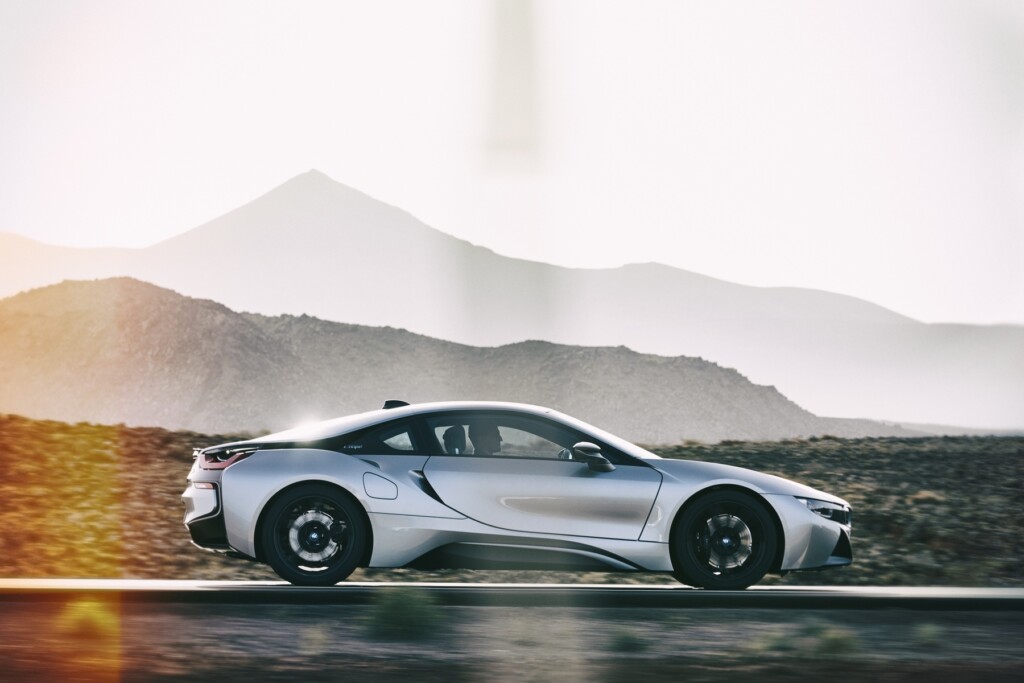
The Allego charging station prototypes now presented use the European Type 2 version of the well-established Combined Charging System (CCS) charging connectors. This standard has already proved successful in numerous electrically powered vehicles and is widely used internationally.
In order to meet the demands of fast charging at high capacity, cooled HPC (High Power Charging) cables made by Phoenix Contact are used, which are fully CCS-compatible. The cooling fluid is an environment-friendly mixture of water and glycol, allowing the cooling circuit to be half-open. This makes maintenance comparatively straightforward as compared to hermetically sealed systems that use oil, e.g. in terms of refilling the cooling fluid.
One challenge was ensuring that the cooling hoses in the charging line were not squeezed when connected to the charging station, as would happen with a conventional cable gland. In the present instance this would impair the cooling flow and therefore cooling efficiency. This problem was solved by Phoenix Contact by means of a specially developed wall duct with defined interfaces for power transmission, communication and cooling as well as integrated tension relief.
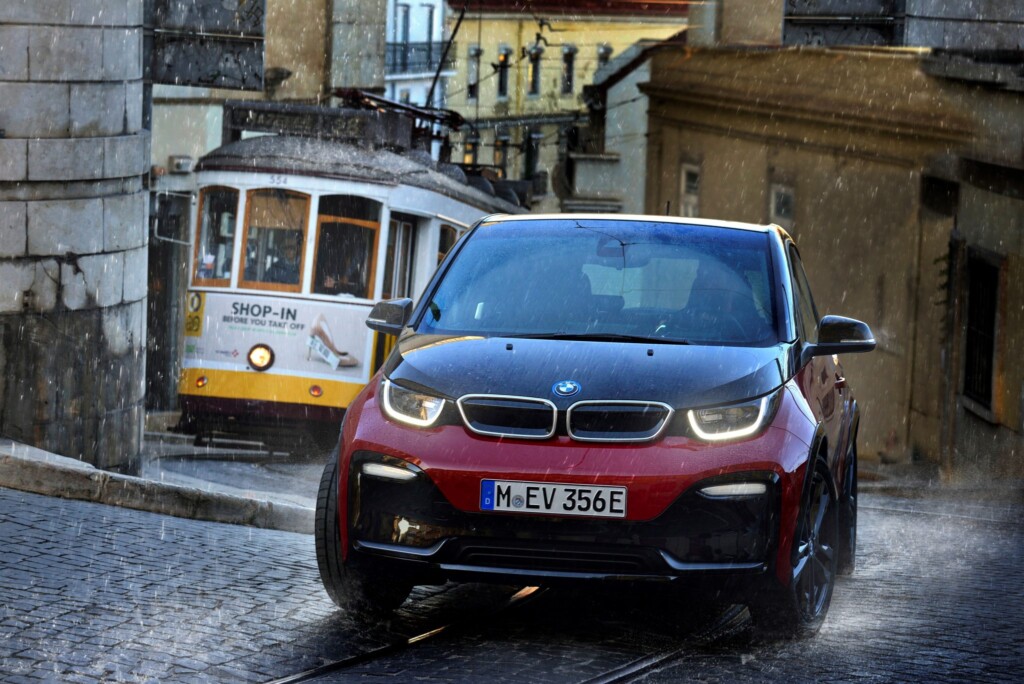
Depending on the model, the new ultra-fast charging station can be used for vehicles fitted with both 400 V and 800 V battery systems. Its charging capacity automatically adapts to the maximum permitted charging capacity on the vehicle side. The time saved as a result of the increased charging capacities is demonstrated in the example of the BMW i3 research vehicle. A single 10-80 % SOC charging operation now only takes 15 minutes for the high-voltage battery, which has a net capacity of 57 kWh. This can be achieved on the vehicle side by means of a specially developed high-voltage battery combined with an intelligent charging strategy. The latter includes precise preconditioning of the storage temperature at the start of charging, temperature management during the charging operation itself and a perfectly coordinated charging capacity profile over time. The charging operation is carried out via a novel multi-voltage network on the vehicle side using a high-voltage DC/DC (HV-DC/DC) converter, transforming the required 800 V input voltage of the charging station to the lower 400 V system voltage of the BMW i3 research vehicle. The HV-DC/DC system also gives the vehicle reverse compatibility, allowing it to be charged at both old and future charging stations. A key factor in ensuring reliable operation is secure communication between the vehicle and the charging station. For this reason, standardisation issues relating to interoperability are also being investigated and submitted to standardisation bodies.
The Porsche research vehicle with a net battery capacity of approx. 90 kWh achieves a charging capacity of more than 400 kW, thereby allowing charging times of less than three minutes for the first 100 km of range.
Other posts by Mark Leo

